

Did you know that as of 2020 there were approximately 78 million Vegans worldwide? These stats were calculated by the United Nations, and they account for roughly 1 percent of the entire world’s population.
Some people bemoan that Vegans are going for global domination, and it’s true that over the last decade or so the rise in the number of people making that lifestyle switch continues at a fairly accelerated rate. In truth however, Vegans are really not taking over the world. It would, in fact, take thirty more years with exactly the same level of increase that has been seen in the last decade for Vegans to officially become our overlords.
However, it’s claimed that two thirds of Vegans, who think they are living responsible, ethically sound lives actually still have animal based products in their homes, without knowing about it. This raises important questions and issues.
It’s one thing to make the change to eating a Vegan diet, wearing sustainable clothes and perhaps swapping out a few personal care products. Is it possible to make a complete lifestyle switch and to actually build and live in a 100% Vegan home – or take other likeminded people, put them together and live in a completely Vegan community?

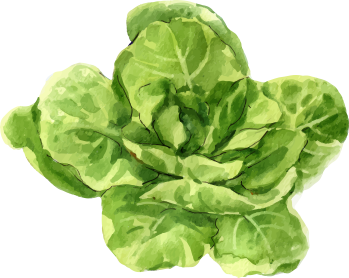
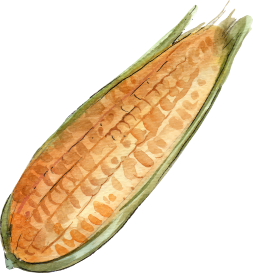

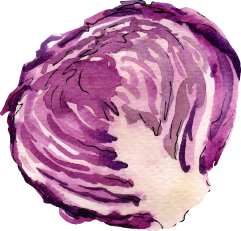
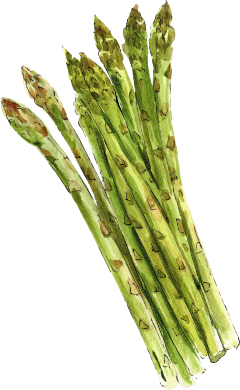
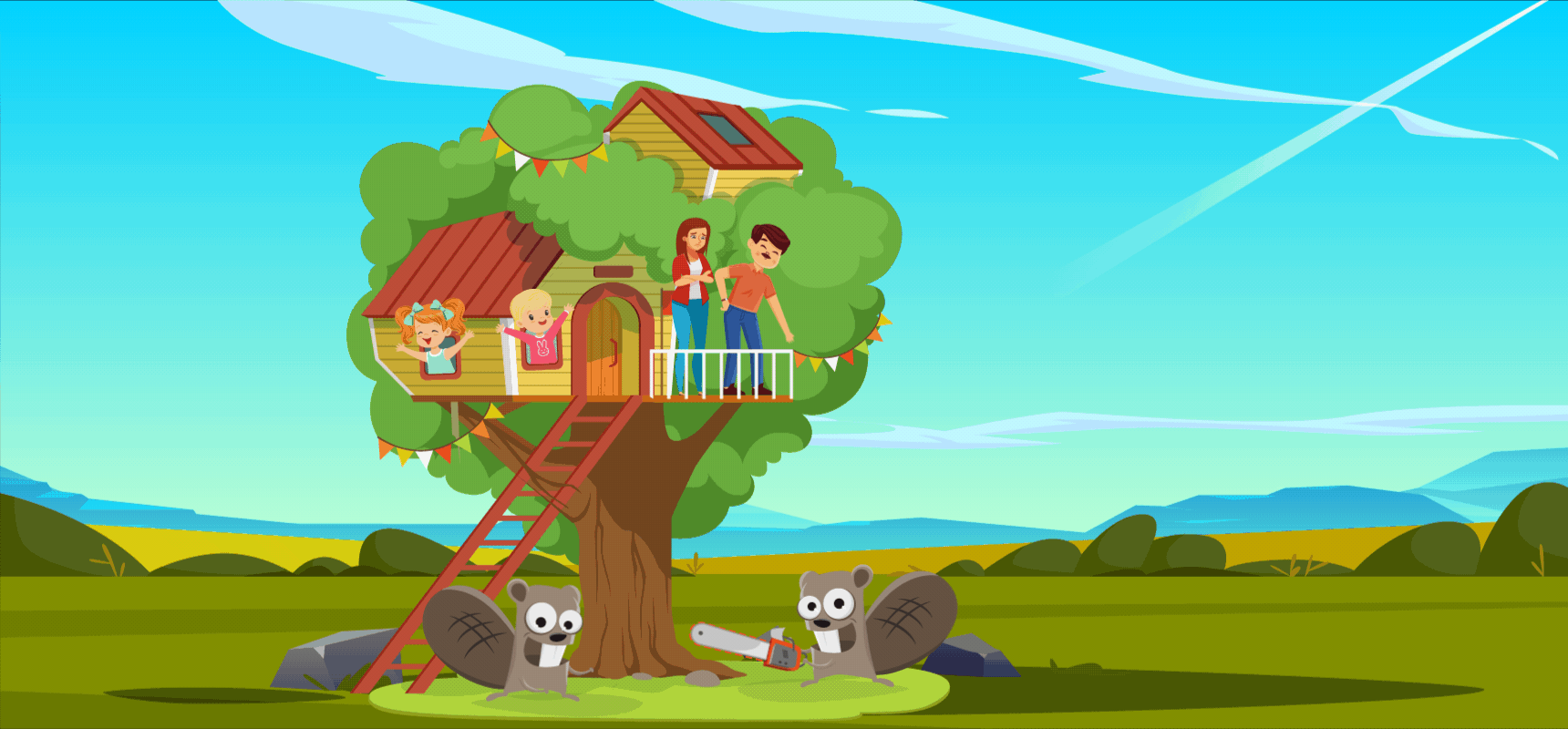
What are the foundations and building blocks for creating the perfect Vegan home? Well, it seems it’s ethics. They might be wonderful for basing a belief system, or way of life on – but can you build a long lasting house or found a 100% Vegan community on this one word?
One of the first considerations anyone wanting to undertake building their home (vegan or not) must think about is – is it affordable? It’s possible to get a small or large bridging loan to accommodate your needs, they’re not considered high risk and if it is put in place with a strict exit plan, could help you achieve your dream home.
If you don’t want to consider building your own home from scratch, and want to buy an existing sustainably built property to put your own stamp on then there may be other potential financial hurdles to overcome such as obtaining a mortgage with previous bad credit history.
Building a home from scratch – and especially one which could need a lot of specialist non animal based materials to put it together will be costly. The next pertinent question to ask is – can it be done, and to the strictest Vegan standards?
Even the simplest of construction materials used in building homes often have a direct or indirect connection to the harm of animals/wildlife or their habitats in some way and it’s often impossible to tell how much impact it creates. Here are a few ideas to highlight how this works:
Our first example is concrete. Concrete’s main constituent part is cement. Cement is made from limestone. Limestone can sometimes be mined from caves in which bats make their homes, therefore by taking it away you are effectively depriving a creature of it’s natural habitat. That could present a problem – and often there is no way to check where the limestone has been taken from, so you are running the risk of using a building material which is less than ethical. That’s a no-no from a Vegan perspective.
Timber, and wood can be problematic – especially if it is reclaimed. These sorts of woods are often treated with by-products from the animal industry, so whilst it’s ethical and environmentally friendly to re-use most forms of wood, it isn’t necessarily going to be Vegan at all and unless you can have all the wood you’re intending to use in your home analysed in a lab or know someone who is well versed in historical painting and gluing techniques, you’re already on a loser. Why? Well, ox blood and glues containing animal fats are often found in older pieces of treated timber.
Cutting down trees for new wood, is equally problematic, in doing so you’re effectively removing the natural habitat of birds, insects and other woodland creatures. Not cool for Vegans.
The humble brick - used for a good deal of new household construction often contains animal blood or fat in its mixture to help preserve it and give a longer life. Again, this makes it a no-no.
Finally, there’s steel. Steel has longevity, as well as being recyclable – but it can look utilitarian and may not be to everyone’s taste. However, animal fats such as gelatine are used in it’s production, so again, it isn’t Vegan!
There is hope on the horizon though that could well help solve this conundrum, with new construction materials currently in development…
One UK based company are developing an innovative range of construction products that use mycelium (mushroom) technology at their heart. Their mycelium based insulation panels are a first for the industry and these, combined with household construction panels made from bio-waste are aiming to be one of the first truly Vegan, completely sustainable, and eco-friendly options for housing and are one to watch for the future. They also claim that their products can be constructed and deconstructed at random, to create bigger or smaller accommodation, without detriment to the construction materials themselves, or the wider environment. It's still a long way off yet, but definitely worth keeping an eye on.

It looks like, for now we can’t build an entirely Vegan house structure, so whilst we’re waiting for the mushrooms to grow, lets consider how we can perhaps consider interior design from this angle.
This is slightly easier, though not exactly free from problems. To have a completely Vegan interior in your home, naturally this means forgoing items such as the following:

With all the above in mind, is it possible to have truly Vegan furnishings and fittings in a home – and what can be used to replace more traditional materials?
In terms of furnishings, one suggestion is Pinatex, a natural alternative to leather made from the cellulose fibers of pineapples. This innovative product, which was developed by Dr Carmen Hijosa, can be used to create items of clothing, but most importantly in interior design can be used to make seat covers and other forms of furnishing thus negating the need for any animal by-products or real leather. You really would be hard pressed to tell it apart from real leather if you saw it in the flesh (pardon the pun).
Opting for Vegan furnishings made from organic cotton, or bamboo, is possible. However, the latter is more problematical. Bamboo isn’t as sustainable as it seems and of course you’d be stealing a natural food source from already endangered Pandas. Hemp, or banana fibre are other, more sustainable Vegan options as is Tencel, which is a synthetic material made from recyclable fibres which can be used for bedding, furniture covers and all manner of household goods. All are suitable options for Vegan and style conscious interior designers.
What about actual furniture – chairs, sofas even beds and so on? Producing 100% completely ethical Vegan furniture is possible. The onus is on the buyer to check out and enquire as to what materials have gone into the production. Organisations like Peta urge caution and awareness when making furniture purchases. It could be that a sofa, for instance, has been made from faux leather – but has then been stuffed with feathers or down, which make it unsuitable.
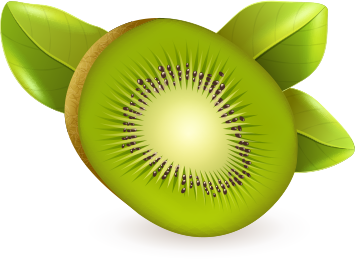
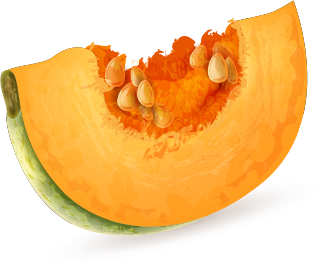
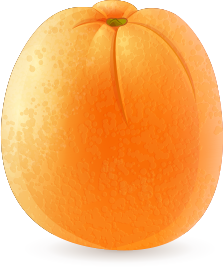

Decorating is another Vegan conundrum. Painting, wallpapering, and varnishing the home are all laden with issues. Choosing to paint walls or varnish wood based items of furniture means you’ll be using animal based products. In the case of paints such as general emulsions or gloss paints, these often contain casein which is a milk protein used to help paint adhere to walls and give it longevity. Varnish often has animal by products in it.
Some paint brands now make casein free options, but varnish is slightly trickier. You could make your own and use this to naturally stain any wood furniture in your home.
Lastly, you might have to consider selling your TV or getting rid of it completely. Most LED screens on televisions contain animal cholesterol and are therefore not Vegan friendly. So you can’t even binge watch The Crown on Netflix without feeling guilty, now.



Again, this is a matter of debate. Designers and architects Bompas and Parr are now laying claim to designing the world’s first Vegan hotel suite, which means that for a price you can relax in completely animal friendly luxury. They worked in collaboration with The Vegan Society to produce accommodation for travellers that is all about luxury, combined with sustainability. The suite itself is being mooted as a case study for further Vegan hotel/hotel suites to open in the coming years.

The furniture in the suite is made from Pinatex, the floors are carpeted with organic, recyclable cotton rather than wool and guests are offered a choice of pillows made from recycled cluster polyester, buckwheat, millet or kapok.
However, laudable as this is, it’s one suite, in a Hilton hotel in the middle of London, so not a 100% Vegan building.
For a Vegan community to exist, or a Vegan home to be built, some compromises might have to be made, which might not feel right or ethical. You’d have a sustainable, eco friendly building but there would be no way of being 100% certain you were completely Vegan in approach. You could use timber, or reclaimed wood for structures, or concrete/cement and stainless steel, but the issues with all the materials, and being unaware of their full traceability would be present.

As we’ve seen, there are some potentially great ideas out there to get the Vegan home building movement off to a possible start, but there truly is a long way to go and no real way (at this stage) of knowing whether any of it will be a success.
The idea of being able to build a completely sustainable building from mushroom fibres that can be put together and dismantled randomly to be altered in size is a very pleasing one but doesn’t necessarily take into account planning and building regulations, or whether any long term sustained damage to land would occur from continually reorganising the building structure. It’s also a long way off happening.
People who wish to live in a Vegan friendly community or family home already face an uphill battle as so many building materials contain animal by-products or use some form of animal in them. It’s much easier to therefore plan on making the interior of a home as Vegan friendly as possible, by making sure the products used are as sound as possible.
Whilst it may not be possible to build and live in a completely Vegan home at the current moment, with technological advances we may only be a thin strip of pineapple leather away from it being a reality. Building a Vegan community in the future could be entirely possible, but again, has a lot of the same restrictions placed upon it.
For now, it seems living as a health conscious, sustainable minded Vegan will have to do. Please wipe your feet on the coconut matting on your way out.
